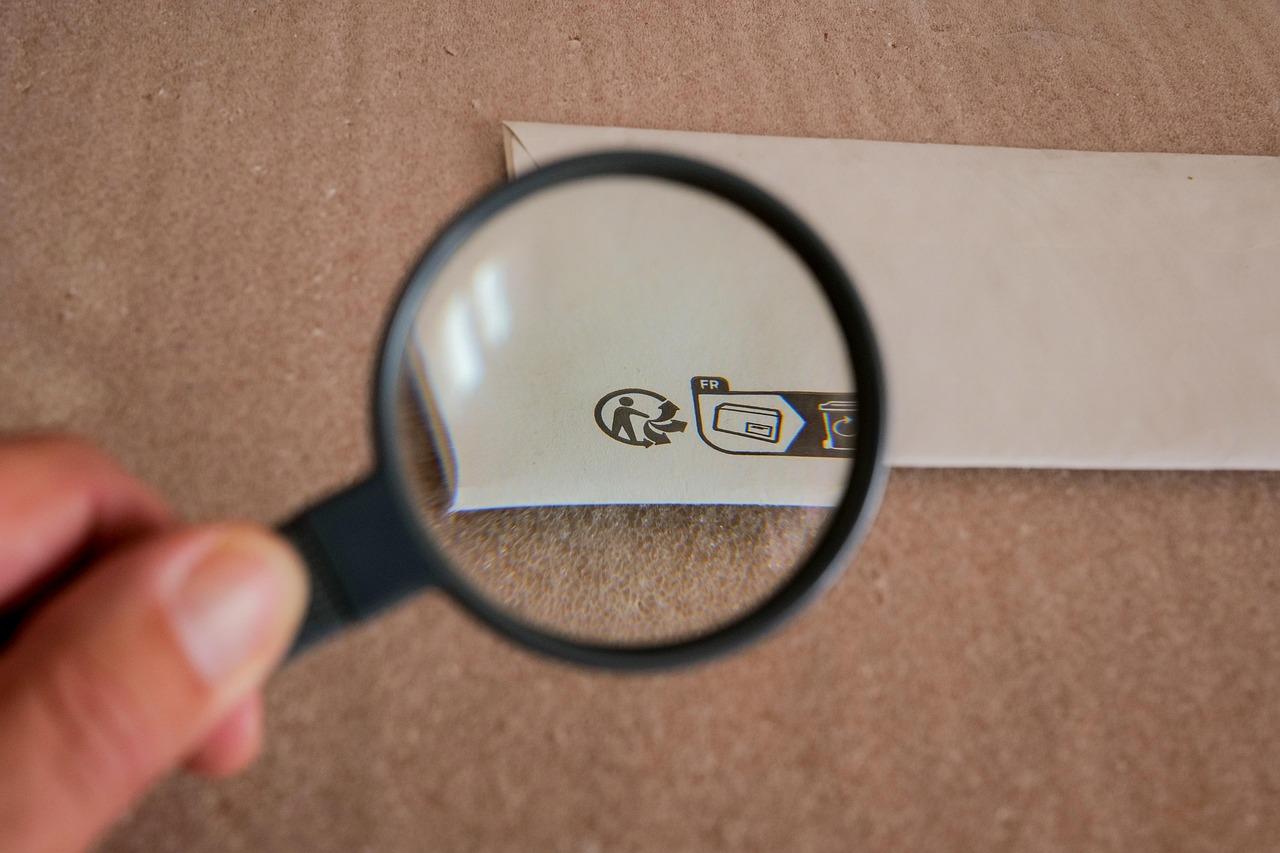
Entities specialized in prevention of occupational risks
On this page, you can find information about the specialized entities established in occupational risk prevention regulations. In particular, you can find information about the accreditation and authorization processes for these specialized entities.
For this purpose, specialized entities are understood to be those that have been accredited by the labor authority to carry out activities as an external prevention service or authorized to carry out auditing activities for prevention management systems.
Accreditation of entities as external prevention services
A prevention service shall be understood as the set of human and material resources necessary to carry out preventive activities in order to guarantee the adequate protection of the safety and health of workers, advising and assisting the employer, the workers and their representatives and the specialized representative bodies.
External prevention services (SPA) are companies specializing in occupational risk prevention that offer their services to other companies for the development of the preventive activities legally required of them.
To act as an external prevention service, the company, generically referred to as a specialized entity, must be accredited by the labor administration, with prior approval from the health administration, regarding health-related aspects. The accreditation will be intended to ensure compliance with the operating requirements of these entities.
Specialized entities seeking accreditation as external prevention services must submit an application to the competent labor authority in the location where their main facilities are located.
The main facilities of the specialized entity shall be understood to be those with the largest number of employees dedicated to preventive activities, not including those dedicated to administrative tasks.
You can obtain detailed information on accreditation requirements and apply for accreditation from the labor authority of the Community of Madrid at the following link.
Companies seeking accreditation as an external prevention service must be able to provide the company with the advice and support it requires in relation to the contracted activities. To this end, they must meet the requirements established in Articles 17 and 18 of Royal Decree 39/1997, of January 17.
Among these requirements is "not to maintain commercial, financial, or any other type of relationship with the partner companies, other than those inherent to their performance as a prevention service, that could affect their independence and influence the outcome of their activities."
Additionally, it should be noted that accreditation as an external prevention service is incompatible with authorization to perform audit activities on prevention management systems.
The accreditation granted to companies as external prevention services will be unique and valid throughout Spain.
Regarding the functional scope, the accreditation granted to companies as external prevention services qualifies them to carry out the functions and activities as an external prevention service declared in the accreditation process. The company must communicate any changes to the accreditation conditions to the labor authority that granted it, in order to expand its scope of action.
Accreditation will be valid indefinitely as long as the company accredited as an external prevention service maintains the accreditation requirements established in current regulations.
Companies that intend to be accredited as an external prevention service must have the resources established in articles 17 and 18 of Royal Decree 39/1997, of January 17, in accordance with its regulatory development through Order TIN/2504/2010, of September 20, which develops Royal Decree 39/1997, of January 17, which approves the regulation of prevention services, regarding the accreditation of specialized entities as prevention services, report on preventive activities and authorization to carry out the audit activity of the prevention system of companies.
Article 31.3 of Law 31/1995, of November 8, establishes the functions that a prevention service must perform.
Prevention services must be able to provide the company with the advice and support it needs based on the types of risks it faces and with regard to:
a) The design, implementation and application of an occupational risk prevention plan that allows the integration of prevention in the company.
b) The evaluation of risk factors that may affect the safety and health of workers in the terms provided for in Article 16 of this law.
c) The planning of preventive activity and the determination of priorities in the adoption of preventive measures and monitoring of their effectiveness.
d) The information and training of workers, in the terms provided for in articles 18 and 19 of this law.
e) Provision of first aid and emergency plans.
f) Surveillance of the health of workers in relation to the risks arising from work.
Specialized entities acting as prevention services must be able to provide the company with the advice and support it needs in relation to the agreed-upon activities, with the company itself being responsible for their implementation.
Application for accreditation of entities as external prevention services


List of entities accredited as external prevention services by the Community of Madrid
Authorization of people or entities as auditors of the prevention management system
Auditing entities or individuals shall be understood to be those who have the necessary human and material resources to carry out the auditing activity of the prevention management systems established as an obligation for companies in Royal Decree 39/1997, of January 17.
Auditing individuals or entities are specialized entities in the area of occupational risk prevention that perform the regulatory audit of companies' prevention management systems.
Application for authorization as an authorized person or entity for the development of audits of prevention management systems


